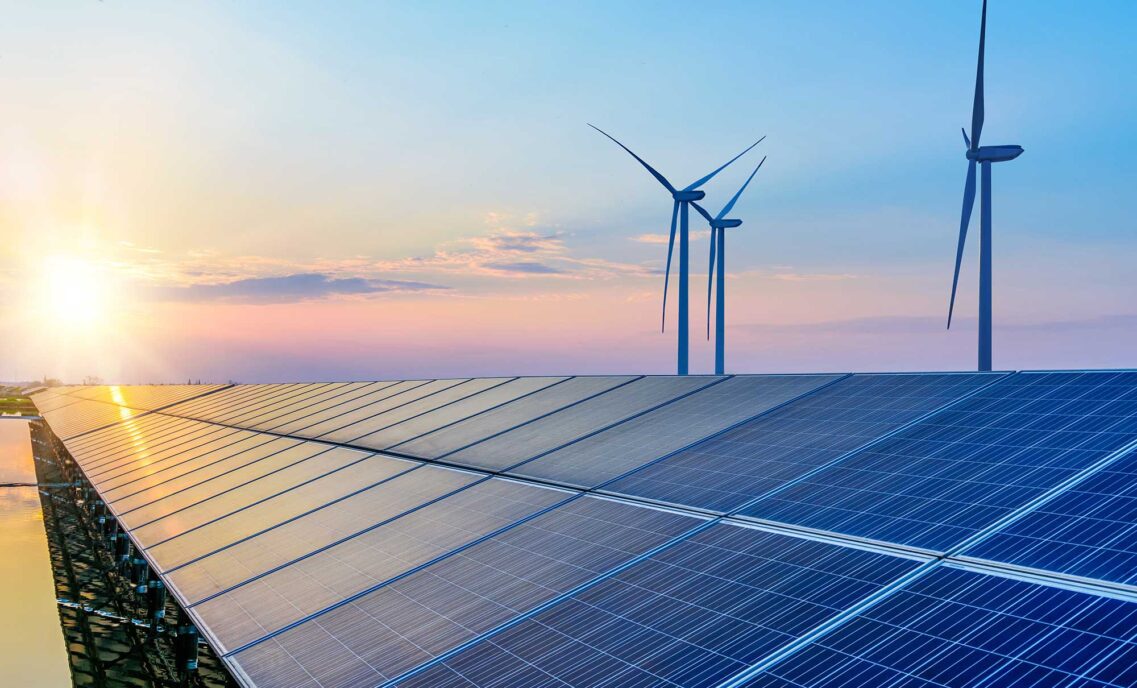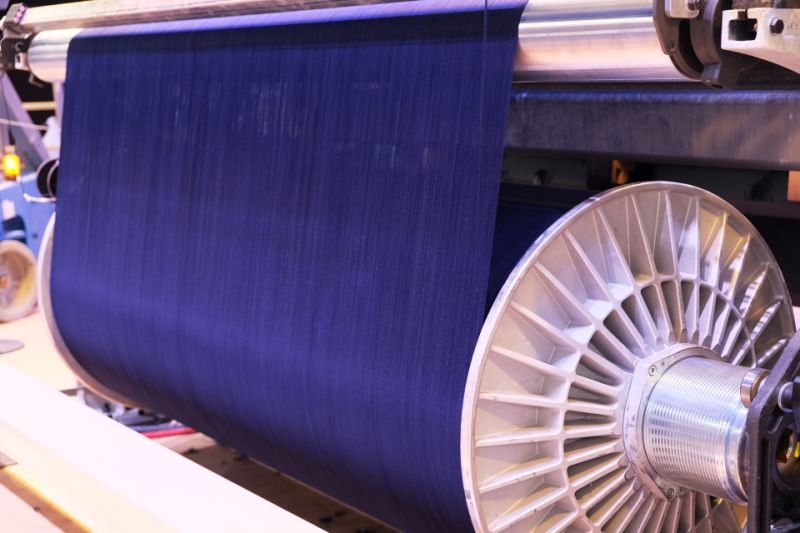From growing cotton to finishing jeans, water is essential to nearly everything we do at Levi Strauss & Co. — and we’ve long believed that protecting this vital resource is not just the right thing to do, it’s good business. As we look ahead to 2030, our new water strategy sets bold goals to reduce our impact, support communities and lead the industry toward a more resilient future.
Here are five ways we’re making waves:
1. Setting Science-Based Targets That Matter
We’re committing to a 15% absolute reduction in water use across our manufacturing supply chain by 2030, compared to a 2022 base year. This builds on the progress we’ve already made toward our 2025 goal to cut water use by 50% in high-stress areas. These targets are grounded in science and aligned with global frameworks like the Science Based Targets Network (SBTN) and the Taskforce on Nature-related Financial Disclosures (TNFD).
2. Prioritizing Water Quality, Recycling and Reuse
Water stewardship isn’t just about using less — it’s about using better. By 2030, we aim for 40% of water used in manufacturing to be recycled or reused, and we’re pushing for 100% of direct discharge suppliers to meet Zero Discharge of Hazardous Chemicals (ZDHC) Foundation’s wastewater standards. Cleaner water in, cleaner water out.
3. Taking Action Where It Counts the Most
We’re focusing our efforts on high-impact river basins, like the Sutlej and Indus in Pakistan and the Meghna in Bangladesh, where water stress is most severe. Through nature-based solutions, we’re working with local partners to restore watersheds and build resilience within the communities who depend on them.
4. Supporting Suppliers and Communities
Our strategy is built with people in mind. We believe water-saving innovations shouldn’t come at the expense of workers or local communities. We’re investing in water access, sanitation and hygiene (WASH) projects in key sourcing locations to address the human impact of the water crisis. This includes our engagement with the Women + Water Collaborative led by WaterAid, an initiative to improve health, livelihoods and climate resilience in water-stressed communities in India.
5. Leading With Transparency
We’re committed to annual public reporting, sharing what works (and what doesn’t). We also continue to educate consumers through our care label to reduce water use at home because sustainability in our industry doesn’t stop at the factory door.
Looking Ahead
Water is a shared resource, and solving the global water crisis will take shared responsibility. We’re proud of the progress we’ve made, and we know there’s more to do. By working together with peers, suppliers and communities, we’re helping shape a future where we recognize water as the vital resource that it is for the health and resilience of our communities.







